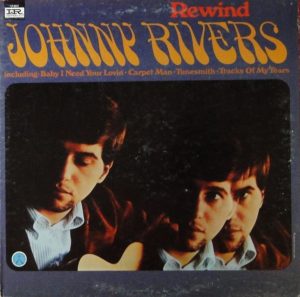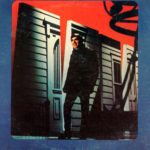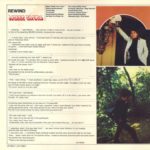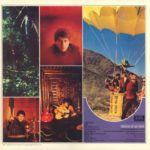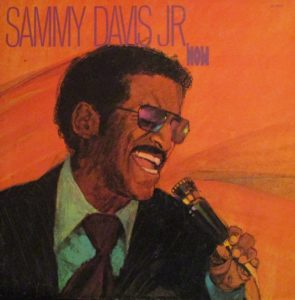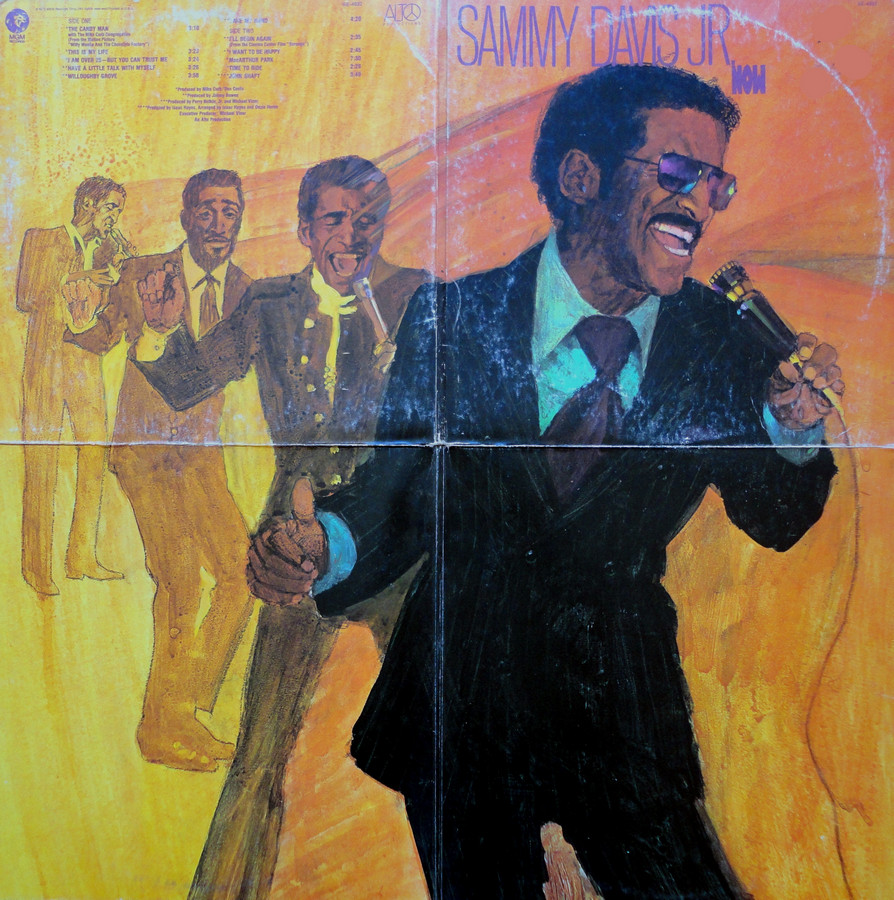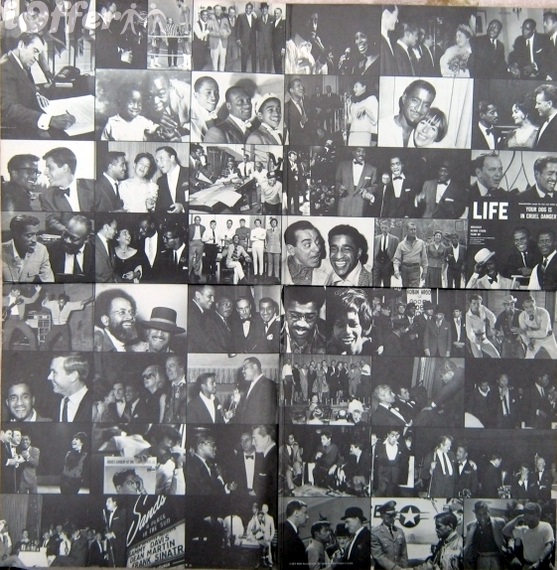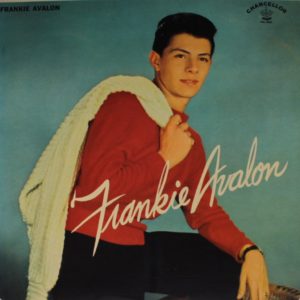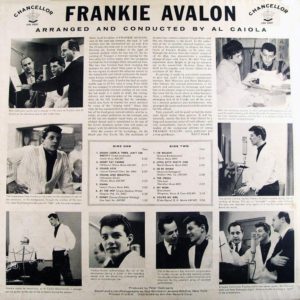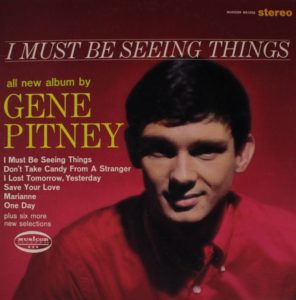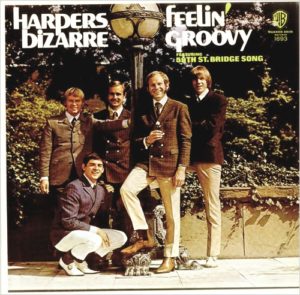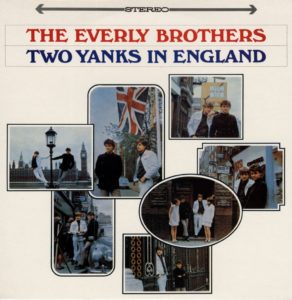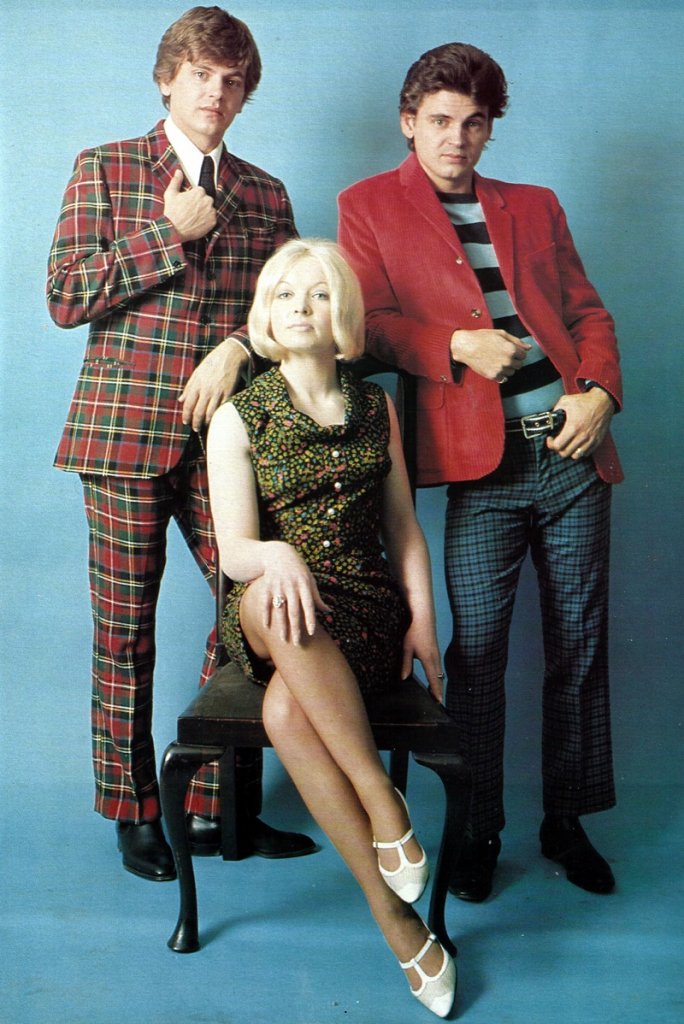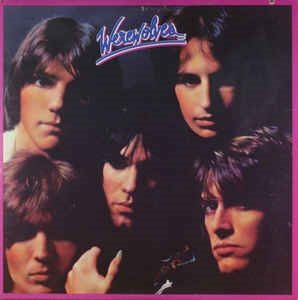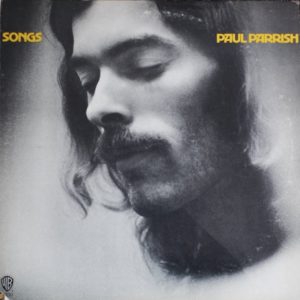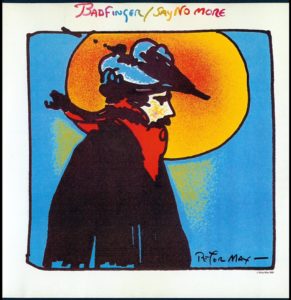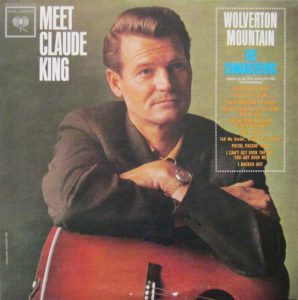Johnny Rivers is no stranger to this blog.
A much underappreciated (here in Australia) contributor to rock ‘n’ pop, Rivers had many hits but has eluded the critical acclaim thrown on many of his contemporaries.
That’s not to say he hasn’t his supporters, or his fans. He has both, but the critics who love to (ie: people like me) unearth music of bygone years haven’t lionised him.
I suspect, as I have said elsewhere in this blog, it’s because he did too many covers.
He may not have been as forceful an interpreter or as individually a distinctive stylist as those other well-known coverists* Elvis Presley or Jerry Lee Lewis, or frequent coverists Johnny Cash or Gene Pitney, but he did have an individual voice, great rhythm, a catchy sound, and importantly, he had great taste in music.
Where Elvis differed from Jerry Lee and other exclusive coverists is that Elvis had songwriters he identified with writing for him. They would compose in his vocal style with themes that appealed to him. They became an extension of what he would have written if he could have bothered to. Of course, even then, his own musical personality was too eclectic to be perfectly captured by a third party and that is where the musical magic lies.
Singers identifying with writer-composers (and them sometimes pitching all their new material to the singer) was nothing new in music. Frank Sinatra had often covered Cole Porter, Elvis had often done Leiber and Stoller and Pomus and Shuman, Bing Crosby had done Johnny Mercer, Bobby Darin had done Ray Charles and just about everyone had done an album of Rod McKuen songs (okay, not everyone but Sinatra, Glenn Yarbrough, Rock Hudson etc).
Likewise it’s not unusual for established artists to find an up and coming composer and monopolise his (or her) songs like Bryan Hyland doing Peter Udell and Gary Geld, Gary Lewis doing Leon Russell or Glen Hardin, The Righteous Brothers doing Barry Mann and Cynthia Weill.
At this point (1967) in his career, Rivers was (still) trying to establish himself as a serious artist, possibly to reflect the serious times. The go-go music and rock ‘n’ roll was a thing of the past (though something he would return to) and perhaps that’s why his covers are black Motown or singer-songwriter … and for his originals he turned to someone young and hip with something to say, Jimmy Webb.
Webb (born in 1946) was an up and coming songwriter who Rivers saw something in, “The first commercial recording of a Jimmy Webb song was "My Christmas Tree" by The Supremes, which appeared on their 1965 Merry Christmas album. The following year, Webb met singer and producer Johnny Rivers, who signed him to a publishing deal and recorded his song "By the Time I Get to Phoenix" on his 1966 album Changes. In 1967, Rivers released Rewind, an album featuring seven Jimmy Webb songs, including "Do What You Gotta Do" and "Tunesmith", a song also recorded that year by Vikki Carr for her album It Must Be Him. That same year, Rivers turned to Webb for material for a new group Rivers was producing called The 5th Dimension. Webb contributed five songs to their debut album, Up, Up and Away, including the title track "Up, Up and Away", which was released as a single in May 1967 and reached the Top Ten” https://en.wikipedia.org/wiki/Jimmy_Webb
Of course Webb would become a legend and record his own music as well as becoming crucial to the careers of Glen Campbell, The Fifth Dimension, Richard Harris, Art Garfunkel and even The Supremes (who all did albums of Webb songs)
Here he is young and ambitious (he even arranges the material) and Rivers (rightly) sees something in him. His songs are sharp pop with a bit of substance.
It’s not all one way traffic though as Webb would have studied Rivers and written and arranged songs to suit his musical personality.
But, ultimately, Rivers is the interpreter of the material. The buck stops with him.
And he does it beautifully.
All songs by Jimmy Webb unless otherwise indicated.
Tracks (best in italics)
Side One
- The Tracks Of My Tears – (Warren Pete Moore, Smokey Robinson, Marvin Tarplin) – a hit for Smokey Robinson and the Miracles (#16 pop, #2 R&B) in 1965. Often covered throughout pop and rock history. This is good.https://en.wikipedia.org/wiki/The_Tracks_of_My_Tears
- Carpet Man – very catchy and a bit Neil Diamond like though less frantic. His definition of "carpet man" is different to mine.
- Tunesmith – a nice melodic Jimmy Webb type number that is quite catchy.
- Sidewalk Song / 27th Street – Another Webb but without the trademark emotional highs.
- It'll Never Happen Again – (Tim Hardin) – from folk singer-songwriter Tim Hardin's debut album "Tim Hardin 1" (1966) this has been often covered.
- Do What You Gotta' Do – lots of strings and things, well more than normal. Tastefully done. Very pleasant on the ears.
Side Two
- Baby I Need Your Lovin' – (Brian Holland, Lamont Dozier, Eddie Holland) – The Four Tops #1US hit from 1964. Rivers slows it down and does it as a smooth soul song. Nothing can top the original but this good and different. https://en.wikipedia.org/wiki/Baby_I_Need_Your_Loving
- For Emily, Whenever I May Find Her – (Paul Simon) – a album track from Simon & Garfunkel's "Parsley, Sage, Rosemary and Thyme" (1966) album it was issued in a live form by them in 1972 (to promote the release of Simon and Garfunkel's Greatest Hits) and went to #53US. quite MOR psych-y. Quite memorable https://en.wikipedia.org/wiki/For_Emily,_Whenever_I_May_Find_Her
- Rosecrans Boulevard – very Jimmy Webb and a little out there if you listen to the lyrics. Actally, quite a bit out there. Also released by The Fifth Dimension in 1967.
- The Eleventh Song – No Rivers just his backing vocalists which sounds like the chicks from The Fifth Dimension …"what a groovy day" indeed.
- Sweet Smiling Children – another questioning youth song popular at the time.
And …
Mellow and memorable … I'm keeping it.
Chart Action
US
Singles
1967 Baby I Need Your Lovin' #3
1967 The Tracks of My Tears #10
Album
1967 #14
England
Singles
—
Album
—
Australia
Singles
1967 Baby I Need Your Lovin' #44
1967 The Tracks of My Tears #38
Album
—
Sounds
The Tracks of My Tears
https://www.youtube.com/watch?v=ArCNJeFuO6o
Carpet Man
https://www.youtube.com/watch?v=aREcfXLdv5k
Tunesmith
https://www.youtube.com/watch?v=T920wmz_iDU
Sidewalk Song / 27th Street
https://www.youtube.com/watch?v=p3IO3GKUbKg
It'll Never Happen Again
https://www.youtube.com/watch?v=-ix2NkQUQwE
Do What You Gotta' Do
https://www.youtube.com/watch?v=7NSjT27M3M0
Baby I Need Your Lovin'
Live
https://www.youtube.com/watch?v=EWM_mItKYK4
recently
https://www.youtube.com/watch?v=7aQkQ961T8w
For Emily, Whenever I May Find Her
mp3 attached
Rosecrans Boulevard
https://www.youtube.com/watch?v=rQJWtydJszQ
The Eleventh Song
https://www.youtube.com/watch?v=xzz3DrynJMo
Sweet Smiling Children
https://www.youtube.com/watch?v=PJtZ725ykjY
Others
https://www.youtube.com/watch?v=IAc0FKyBgks
https://www.youtube.com/watch?v=5TXfcsFhc7A
https://www.youtube.com/watch?v=6iaR3WO71j4
Review
http://www.allmusic.com/album/rewind-mw0000851429
https://en.wikipedia.org/wiki/Rewind_(Johnny_Rivers_album)
Bio
http://en.wikipedia.org/wiki/Johnny_Rivers
http://www.allmusic.com/artist/johnny-rivers-mn0000203639/biography
Excellent Glenn A Baker bio on Rivers
https://www.whiskyagogo.com/articles/609999.html
https://en.wikipedia.org/wiki/Jimmy_Webb
http://www.allmusic.com/artist/jimmy-webb-mn0000129761/biography
Website
http://www.johnnyrivers.com/jr/
https://www.facebook.com/frank.kinsel.7
Trivia
- Personnel : Johnny Rivers – vocals / Larry Knechtel – piano / Mike Deasy Sr. – guitar / Joe Osborn – bass guitar / Mike Deasy Jr. – vocals / Lou Adler – producer / Jimmy Webb – arranger, conductor / Marty Paich – horns and strings arranger/conductor
*No one invents anything new but I choose to use the word “coverist” which I haven’t heard before in the context of a word for singers who cover other people’s work. Granted, everyone is to some extent a “coverist” and some are more than others but the word is not meant to be pejorative. “Coverists” can be song interpreters (at the “original” end of the spectrum) or cover artists (at the other end). Like I said, I haven’t heard the word used in this context before (or any context) and google reveals nothing, but I think it fits, so I’m using it.
RIP: Jerry Lewis 1926 – 2017

